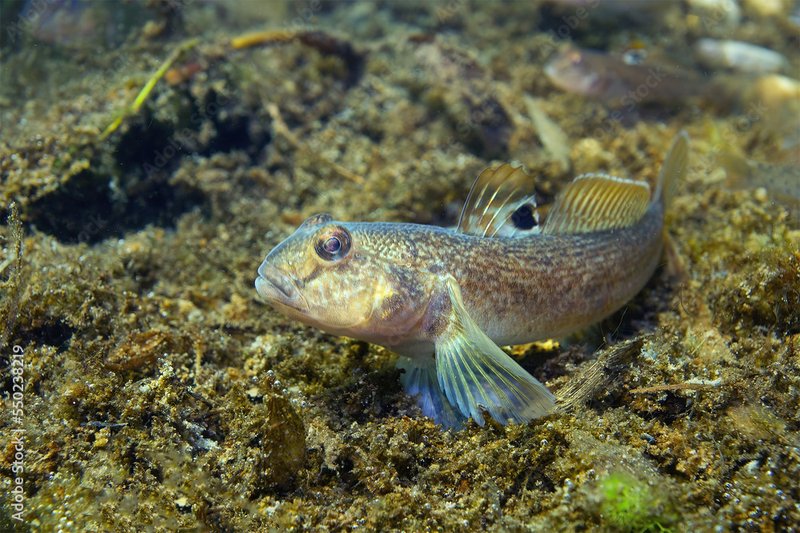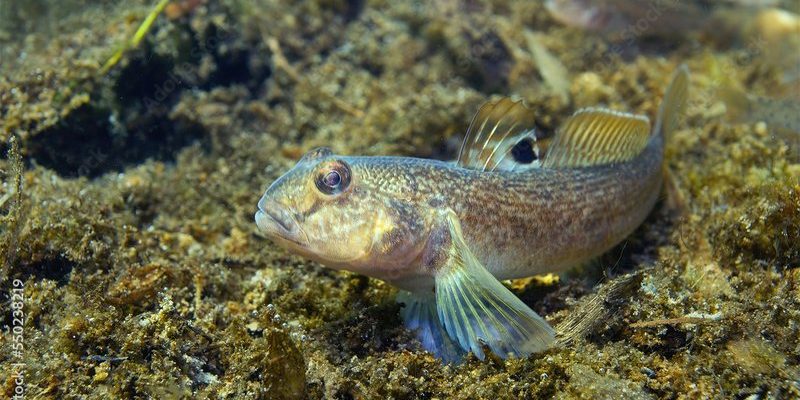
Gobys typically thrive in a diverse range of habitats, showcasing their adaptability. They can be found from the __________________ in the ocean to freshwater streams and even brackish waters where salt and fresh meet. This versatility makes them one of the more interesting fish to study. So grab a cup of coffee, and let’s get to know these little fish and their living spaces a bit better.
Gobys in Ocean Environments
When we think of gobys, ocean habitats are a key part of the picture. These fish are often found in coral reefs and rocky coastlines. Coral reefs are like underwater cities, teeming with life. Gobys play a significant role in these ecosystems. They help control algae growth and provide food for larger predators. Here’s something cool: gobys often pair up with shrimp to create a symbiotic relationship. While the shrimp digs out a cozy burrow, the goby keeps watch for any approaching danger. Talk about teamwork!
You can also find gobys in sandy areas of the ocean floor. These gobys have developed a fascinating way of life. They bury themselves in the sand, poking their heads out to survey their surroundings. This keeps them safe from predators while allowing them to hunt for food. They feast on tiny crustaceans and plankton, which is pretty much a buffet for these little fish.
Now, let’s not forget about estuaries, where sweet and salty waters mix. Gobys often thrive here, as they adapt well to varying salinity levels. These environments are rich in nutrients, making them perfect for gobys to flourish. It’s like a playground for them, with plenty of food and places to hide.
Freshwater Gobys: Life in Rivers and Streams
Gobys aren’t just ocean dwellers; they also have a strong presence in freshwater systems. Many species prefer rivers, streams, and lakes. The freshwater goby, for instance, is commonly found in shallow waters, often hiding among rocks and vegetation. These areas provide safety from predators and ample food sources. You might picture them darting around, exploring their watery neighborhoods.
These gobys are quite adaptable, too. Some can tolerate lower oxygen levels, making them resilient during changes in their environment. If a river’s current picks up, they can reposition themselves, finding new nooks to thrive in. Honestly, their ability to adjust is impressive!
Additionally, rivers offer a variety of habitats. Gobys can be found in fast-flowing streams, where they cling to rocks, or in slower pools, where they swim freely. This flexibility allows them to inhabit diverse areas, making them an essential part of freshwater ecosystems.
Brackish Waters: A Unique Habitat
Brackish waters are where things get really interesting for gobys. These areas have a mix of salt and freshwater, which creates a unique and challenging environment. Gobys are well-equipped to thrive in these turbid waters. Think of them like urban explorers, moving about in places where many fish struggle to survive.
Mangrove forests and tidal flats are prime examples of brackish habitats where gobys can be found. In these regions, they often hide among the roots of mangroves, using them as shelter from predators. This setting provides a buffet of food options ranging from detritus to small invertebrates.
In fact, many goby species have evolved to live specifically in these brackish areas. They have special adaptations that help them deal with fluctuating salinity and varying oxygen levels. This adaptability is a testament to the goby’s resilience and resourcefulness.
Patterns of Goby Behavior in Different Habitats
The behavior of gobys can change dramatically depending on where they live. In oceans, for instance, you might notice them being more social, often forming small groups. This is partly for protection and partly for finding food. When they sense danger, they quickly dart into their burrows or hide among rocks.
In contrast, gobys in freshwater environments might be more solitary. They often stake out a small territory, defending it from others. These little fish can be quite feisty when it comes to protecting their home! You might see them chasing off intruders or engaging in elaborate mating displays to attract a partner.
Brackish gobys get the best of both worlds. They exhibit both social and solitary behaviors, depending on the situation. They often use their camouflage skills to blend into their surroundings, whether that’s a sandy bottom or a mangrove root, which is crucial for both hunting and avoiding predators.
The Importance of Gobys in Their Ecosystems
Gobys are more than just fascinating creatures; they play an essential role in their ecosystems. In oceans, they contribute to the health of coral reefs by controlling algae growth. This helps maintain the delicate balance needed for reef ecosystems to thrive. Without gobys, we could see a dramatic change in these environments, leading to potential collapse.
In freshwater systems, their role as scavengers helps break down organic materials, contributing to nutrient cycling. This is crucial for maintaining water quality. Gobys help create a balanced ecosystem, ensuring that plants and other animals can thrive. When you think about it, these tiny fish have a massive impact.
Additionally, gobys serve as food for larger fish and birds. They’re like the little building blocks of the food web. Their presence indicates a healthy ecosystem, and when they flourish, other species benefit too. It’s a reminder of how interconnected everything is in nature.
Threats Facing Gobys and Their Habitats
Despite their resilience, gobys face several challenges in their habitats. One of the major threats is habitat destruction. In many areas, coastal development and pollution are leading to the decline of vital ecosystems like mangroves and coral reefs. This is particularly concerning for species that depend solely on these environments for survival.
Overfishing is another serious issue. Gobys are often caught as bycatch in commercial fishing operations. As their populations decrease, it disrupts the entire food web. There’s a ripple effect that impacts larger predators and the overall health of aquatic environments.
Climate change is also a significant threat. Rising ocean temperatures, increasing acidity, and altering water levels can dramatically affect the habitats where gobys live. These environmental shifts challenge their adaptability and survival.
In conclusion, gobys are small fish with a big impact, thriving in oceans, rivers, and unique brackish habitats. Understanding where gobys are found and their significance can help us appreciate the importance of protecting their environments. As we learn more about these fascinating creatures, we become better stewards of our planet’s diverse ecosystems. So, next time you see a goby, remember their incredible journey through various habitats and the vital role they play in maintaining aquatic health.

